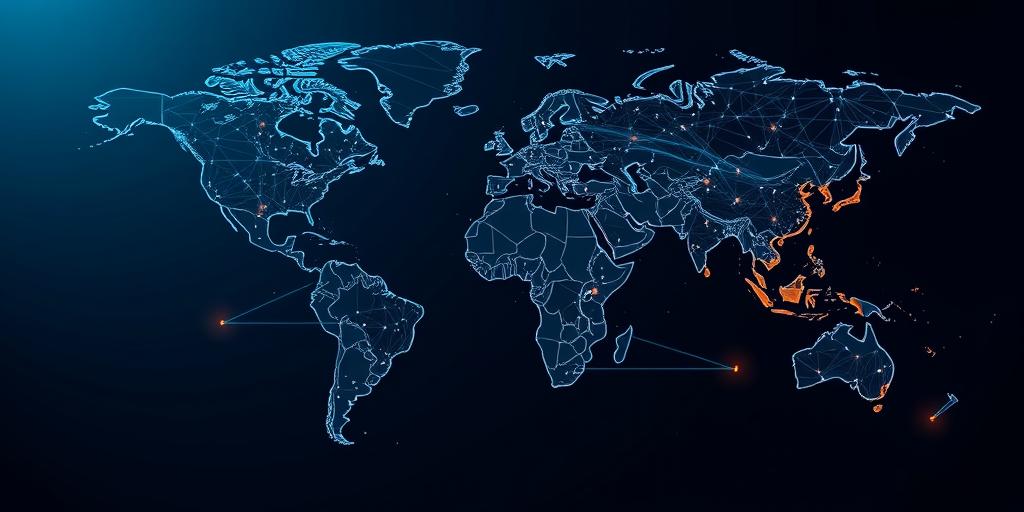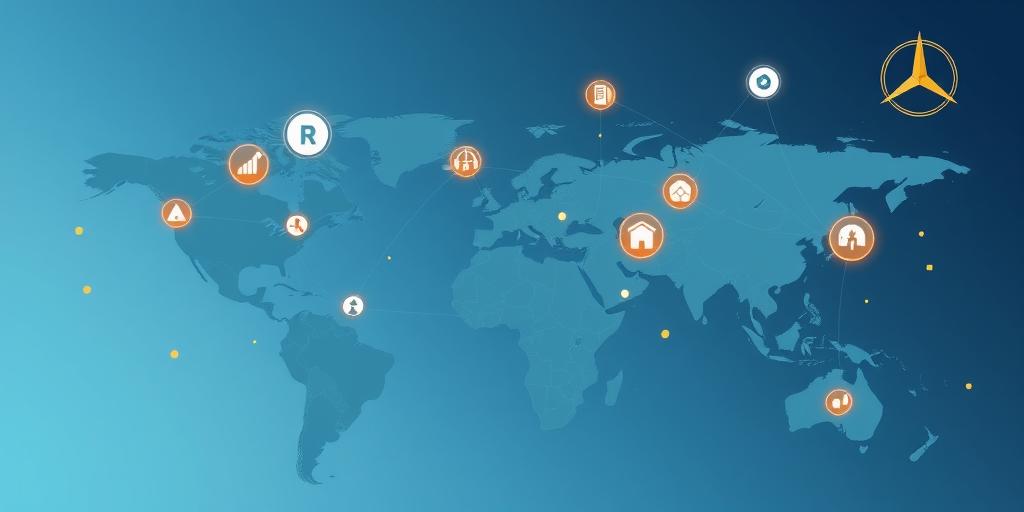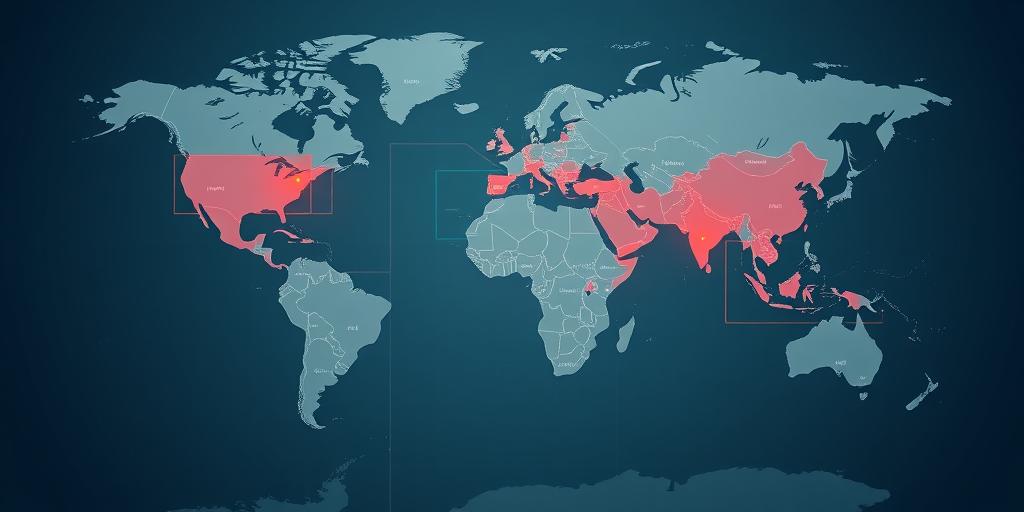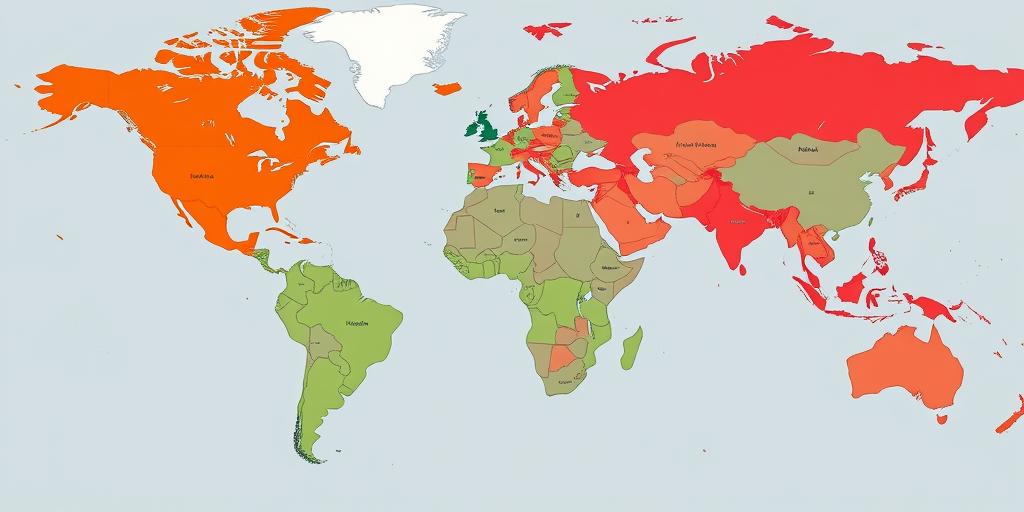The Intersection of Geography and Geopolitics
Explore the intricate relationship between geography and geopolitics, examining how geographical factors influence international relations, resource distribution, and global power dynamics.

The Intersection of Geography and Geopolitics
The Intersection of Geography and Geopolitics
Geography and geopolitics are intertwined disciplines that shape the world we live in. Geography, the study of the Earth's physical features, climate, population, and resources, provides the stage upon which geopolitical events unfold. Geopolitics, on the other hand, analyzes how geographic factors influence international relations and the distribution of power.
The Influence of Geography on Geopolitics
- Location: A country's location significantly impacts its geopolitical importance. Coastal nations often have greater access to trade routes and naval power, while landlocked countries may face challenges in accessing resources and markets.
- Natural Resources: The distribution of natural resources, such as oil, gas, and minerals, can lead to conflicts or cooperation between nations. Countries with abundant resources may exert greater influence on the global stage.
- Climate: Climate patterns can influence agricultural production, population distribution, and even political stability. Climate change is increasingly becoming a geopolitical issue, as nations grapple with its impacts on resources, migration, and security.
- Topography: Mountain ranges, rivers, and deserts can act as natural barriers or corridors, shaping migration patterns, trade routes, and military strategies.
Key Concepts in Geopolitics
- Heartland Theory: Proposed by Halford Mackinder, this theory suggests that control over the "heartland" of Eurasia could lead to world domination.
- Rimland Theory: Nicholas Spykman argued that control over the "rimland," the coastal areas surrounding Eurasia, is more crucial for global power.
- Sea Power: Alfred Thayer Mahan emphasized the importance of naval power in controlling trade routes and projecting influence.
- Buffer States: These are countries located between larger, potentially hostile powers, serving to prevent conflict between them.
Case Studies
- The South China Sea: This region is a hotbed of geopolitical tension due to its strategic location, rich fishing grounds, and potential oil and gas reserves. Several countries have overlapping territorial claims, leading to disputes and military posturing.
- The Arctic: As climate change melts Arctic ice, new shipping routes and access to resources are opening up, sparking competition among nations for control of the region.
- The Middle East: The region's vast oil reserves, strategic location, and complex political landscape have made it a focal point of geopolitical competition for centuries.
The Future of Geography and Geopolitics
As the world becomes increasingly interconnected, the relationship between geography and geopolitics will continue to evolve. Climate change, resource scarcity, and technological advancements are reshaping the global landscape and creating new challenges and opportunities for nations. Understanding the interplay between geography and geopolitics is essential for navigating the complexities of the 21st century and promoting peace and stability.





